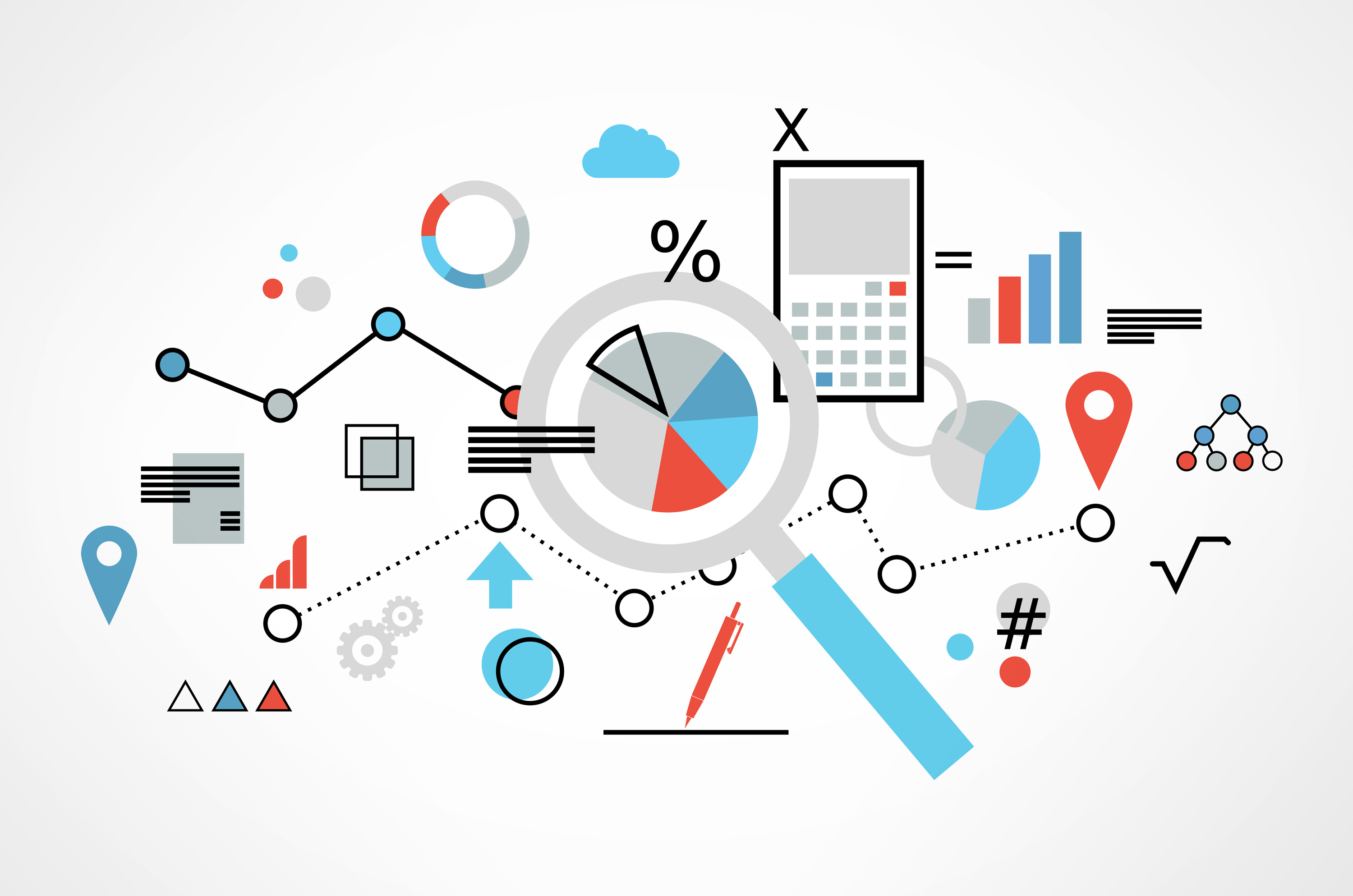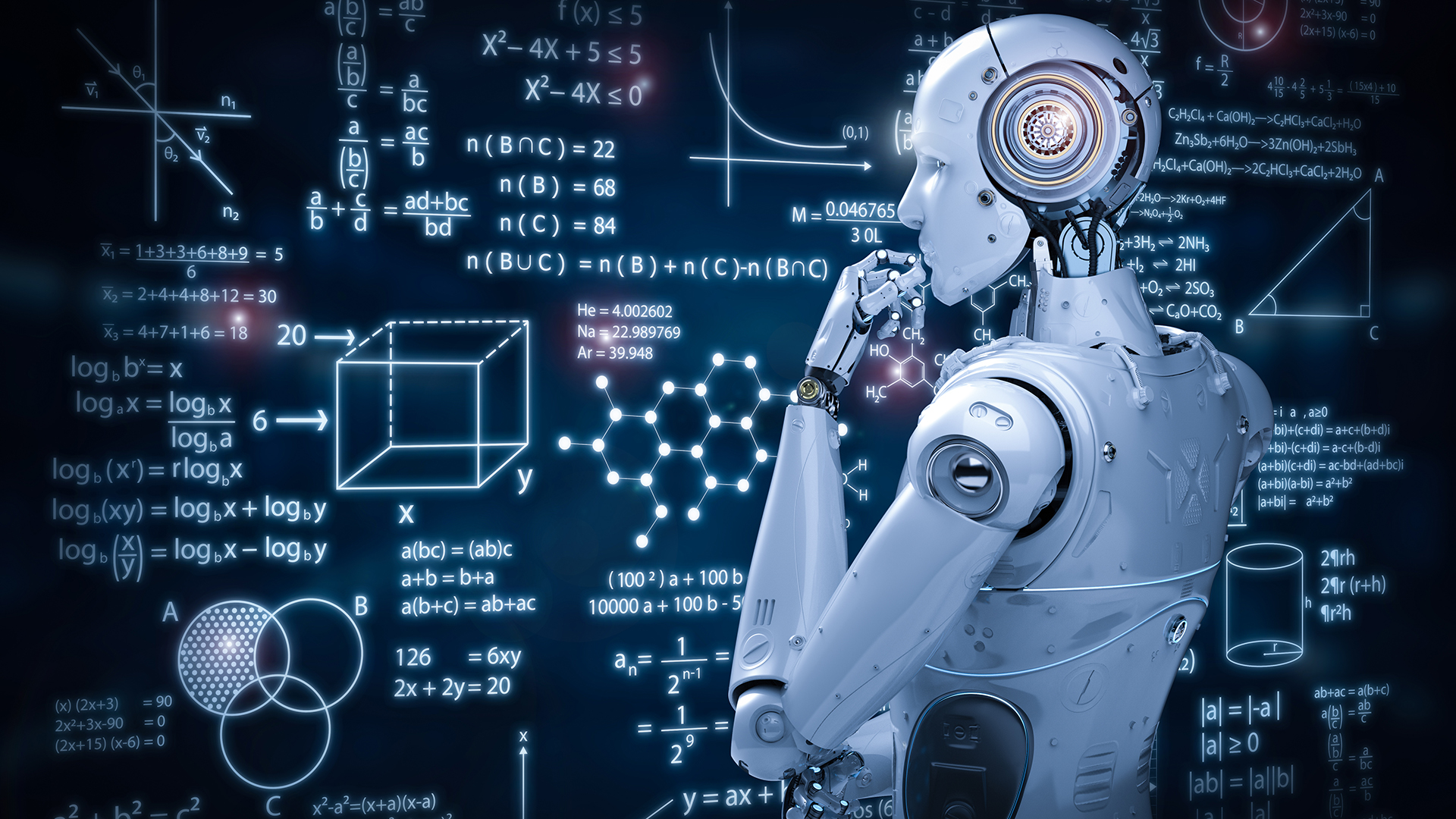The Role of AI in Student Data Management & Analytics
Artificial Intelligence (AI) is revolutionizing education by enhancing student data management and analytics, helping educators make informed...
You must be logged in to the LATechNet portal to view additional resources.
3 min read
 Aria - LATechNet Team
:
Aug 4, 2025 7:56:21 PM
Aria - LATechNet Team
:
Aug 4, 2025 7:56:21 PM

Imagine being able to spot which students might need extra help even before they ask for it, or knowing ahead of time when attendance might dip. That’s the power of predictive analytics and artificial intelligence (AI) in K-12 education. These tools are changing the way schools support student achievement and run daily operations. More and more, educators and administrators are turning to AI to understand patterns in grades, behavior, and attendance. This isn’t just a tech trend—recent studies show that school leaders are gaining confidence in using predictive analytics to make real improvements in student outcomes and school management (Hanover Research, 2023). The future of education looks brighter—and a bit smarter—thanks to these innovative tools.
AI-driven predictive analytics is like having a trusty guide for educators, always scanning the horizon for students who might need a little extra help. By analyzing patterns in attendance, grades, behavior, and even classroom engagement, AI can spot students at risk of falling behind—often before anyone else notices. In fact, 87% of K-12 administrators say these tools have made early identification of at-risk students easier and more accurate (Hanover Research, 2023). Even more impressive, some AI-powered warning systems can predict over 75% of potential dropouts (U.S. Department of Education, 2016).
Once students are identified, AI helps tailor interventions that fit their unique needs, rather than offering a one-size-fits-all solution. Schools using these systems have reported academic improvements of up to 20% in some cases (EdTech Magazine, 2021). Plus, predictive analytics can personalize learning, recommending assignments and resources that keep students engaged and help close achievement gaps (Brookings Institution, 2022). It’s a bit like having a helpful friend who knows just what every student needs to succeed!
Laying the groundwork for AI in schools starts with making sure your data is in tip-top shape. This means gathering info from all over—like attendance records and assessment results—and making sure it’s accurate and easy to reach. Many schools wrestle with old systems that don’t talk to each other, but with a bit of teamwork and smart planning, these data silos can be bridged.
Once the data is sorted, helping teachers and staff become data-savvy is key. Training sessions can make everyone comfortable with using the new tools and understanding what the data means (EDUCAUSE Review, 2022). It’s also important to set up clear rules so student privacy is always protected (EDUCAUSE Review, 2022).
When picking the right AI tools, look for ones that explain how they work and fit smoothly into your current systems. Trying out a small pilot first lets you see what works, and making tweaks along the way helps everything run better in the long run.
Let’s take a look at how predictive analytics is making a real difference in K-12 schools. In one Texas school district, administrators used AI tools to identify students who were most at risk of falling behind. Thanks to these early warnings, teachers reached out sooner, offering personalized help that led to higher test scores and fewer dropouts (EdTech Magazine, 2021).
Other districts have found that AI-powered dashboards help close achievement gaps. By tracking student progress in real time, schools provided targeted support, which boosted graduation rates and gave every student a better shot at success (Brookings Institution, 2022). These stories show that AI isn’t just about numbers—it’s about making sure every student gets the support they need, right when they need it.
Using AI in K-12 predictive analytics can feel a bit like walking a tightrope! One big challenge is making sure the data and algorithms don’t accidentally favor one group of students over another. Bias can sneak in without us even knowing, so it’s important to check our data and make our AI’s decision-making process as transparent as possible. We also need to be careful not to rely on AI so much that we forget about the human side of teaching and learning.
Another biggie is student privacy. Schools must have strong rules for how data is handled, follow laws like FERPA, and always get permission before using student information. Open conversations help too—parents, teachers, students, and the whole school community need to trust that AI tools are safe, fair, and used with everyone’s best interests at heart.
If you’re looking to bring AI-powered predictive analytics into your school, LATechNet is here to make the process smooth and effective. Their IT services are designed just for K-12 education, so they know all the unique challenges schools face. LATechNet can help you integrate custom AI platforms that fit perfectly with your existing systems—no cookie-cutter solutions here!
Worried about data privacy? LATechNet’s secure data management keeps student information safe and always follows privacy laws. They also offer professional development and training, so teachers and staff feel confident using new tools to spot trends and make data-driven decisions. Plus, their support doesn’t stop after setup—they stick around to help with any tech hiccups and keep things running smoothly. With LATechNet, your school can use predictive analytics effectively and responsibly, making a real difference for students and educators alike.
AI-driven predictive analytics is changing the way we support student success in K-12 schools. With the right tools, we can spot early warning signs, offer help where it’s needed most, and give every student a better shot at thriving. But like any big change, it’s important to move forward thoughtfully. Schools need to make sure they’re choosing technology partners who respect data privacy and practice ethical decision-making (Hanover Research, 2023). With care and attention, predictive analytics can help us build more supportive, fair, and equitable learning environments (EDUCAUSE Review, 2022). So, it’s a great time for educational leaders to start exploring these tools and shape a brighter future for all students.

Artificial Intelligence (AI) is revolutionizing education by enhancing student data management and analytics, helping educators make informed...

Artificial Intelligence is significantly transforming the education sector by personalizing learning experiences and enhancing educator efficiency....

This article explores the growing impact of AI in K-12 education, focusing on how it enables personalized learning tailored to each student's needs....